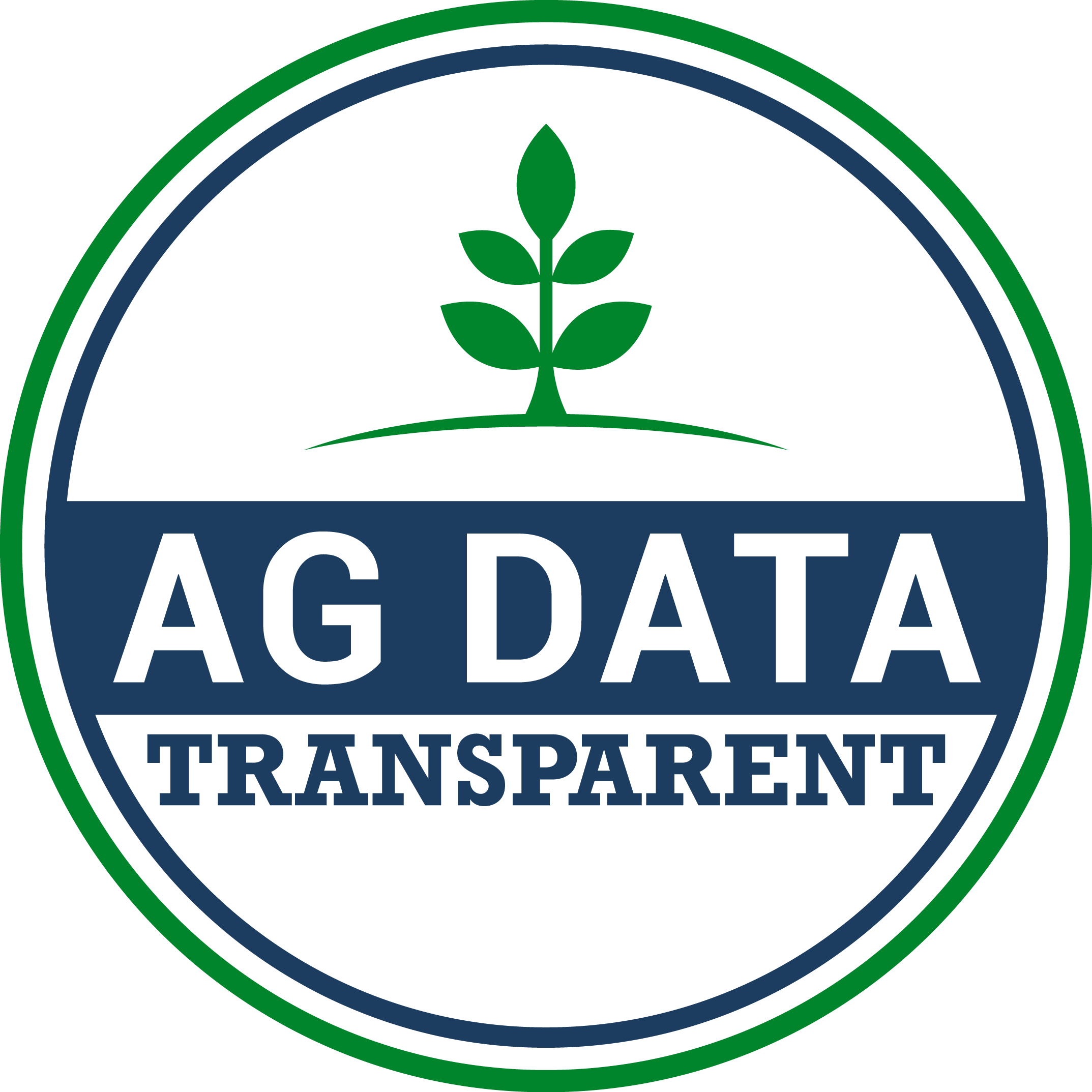Question 2: Requiring Ag Tech Companies to Be Transparent about the Types of Data They Collect
A key question any ag tech company should ask when drafting its data use policy is: What types of ag data does our platform collect? This question is essential to the Ag Data Transparent certification. Every evaluation requires companies to select which general categories of data the company collects. This is important to bring some standardization to data agreements farmers are asked to sign, and because one farmer may not want to share “farm management and financial data,” but they may be willing to share “machine data” with their OEM. Treating different types of ag data as just “data” without some categorization blurs this important distinction.
You may be surprised at the complexity of data categories. For example, collecting data on land might include the following types of information:
Conservation data
Tillage practice data
Water management data
Soil and fertility data
Soil test data
Nutrient management data
Waste management data
Environmental and ecological data
Watershed data
Topological data
Elevation data and derivatives
Drainage data
Irrigation data
Geospatial Information System (GIS), Global Positioning System (GPS), & Field Boundary data
Ground-based machine data
Unmanned Aerial System (UAS) data
Sensor Collection System (EC/EM) data
Remote sensing including Radar, Spectral, & Lidar data
“One of the problems I noticed when working with ag data contracts was that every tech provider defined the information they collected differently. In fact, there was no consistent terminology used at all, unlike other areas of the law where everyone understands what something means and uses the same terms. With the ADT, we set out to address this confusion by requiring companies to identify the types of information they were collecting by selecting from six defined, broad categories,” says Todd Janzen, President, Janzen Schroeder Ag Law LLC and ADT Administrator. “Because if you cannot start an ag data contract with a clear explanation of what data is being collected, you cannot be transparent in explaining how you use that data.”
